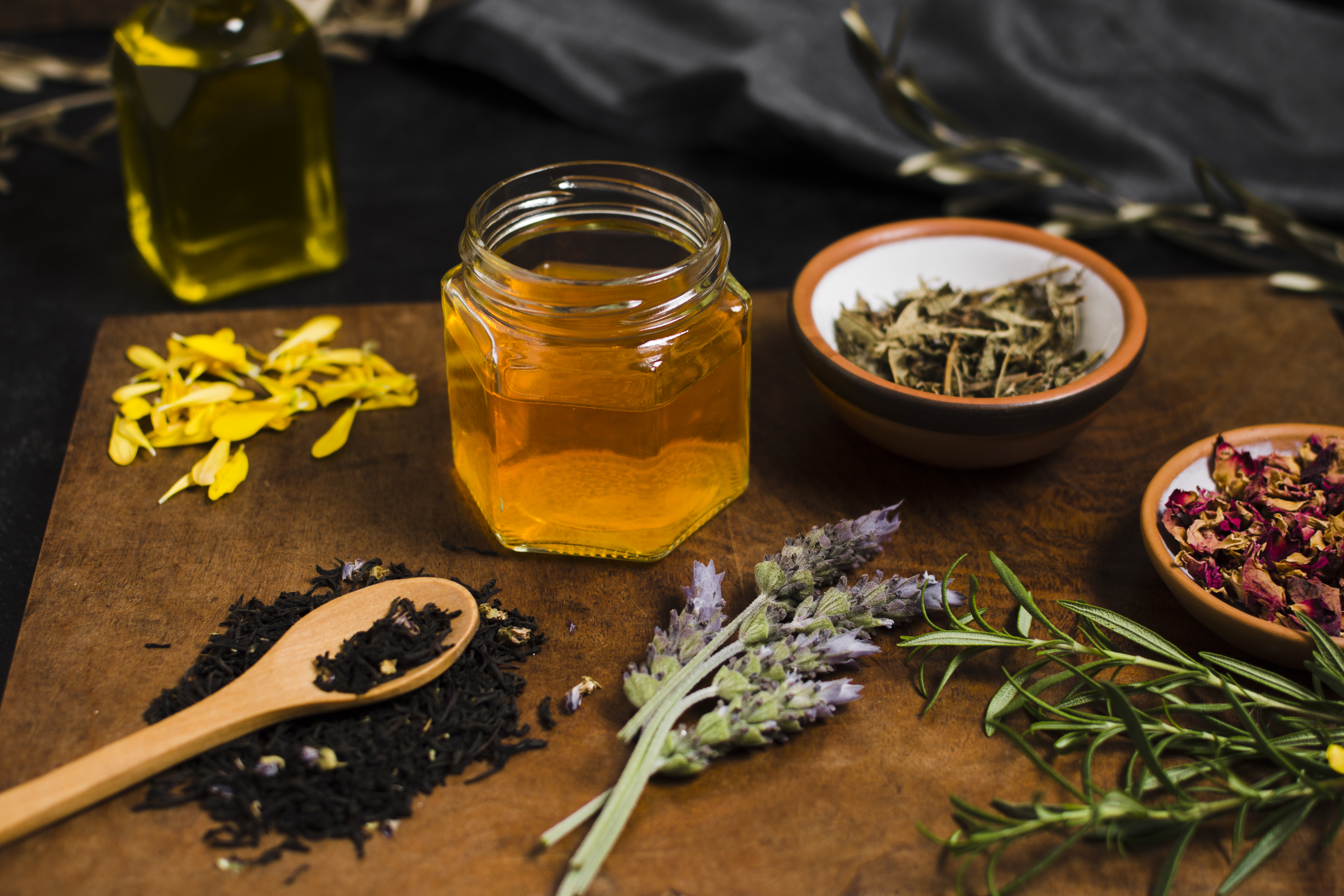Key Takeaways
- Acupressure provides natural relief for coughs by stimulating specific points on the body to clear congestion and soothe throat irritation.
- Combining acupressure with remedies like herbal teas, steam inhalation, and honey can enhance relief and support faster recovery.
- If your cough lasts longer than 2-3 weeks, is accompanied by chest pain, or includes symptoms like coughing up blood, it’s time to consult a doctor.
- Consistency is key – applying pressure to acupressure points 2-3 times a day can help manage and alleviate symptoms effectively.
Coughing, especially when it just won’t stop, can be a real nuisance. But what if you could find relief without relying on medication? Enter acupressure! This natural, age-old technique helps ease coughing by stimulating specific points on your body to clear congestion and soothe irritation.
Acupressure benefits are numerous. By applying gentle pressure, you can help open up your airways and stop those persistent coughing fits, giving your body a natural boost to heal itself. So, if you’re tired of coughing your lungs out, keep reading — acupressure might be the solution you’ve been looking for!
What Causes a Cough and Why Acupressure Helps
Coughing is your body’s natural defense mechanism, working to clear irritants, mucus, or germs from your airways. It’s usually triggered by colds, the flu, allergies, or environmental factors like pollution and smoke. For example, if you’ve ever started coughing after stepping outside on a smoggy day, that’s your body reacting to the polluted air. Similarly, if you get a tickle in your throat every spring when flowers bloom, allergies may be to blame.
Acupressure, a practice rooted in Traditional Chinese Medicine, is a natural way to ease coughing by stimulating specific points on the body. This practice helps clear the lungs and soothe irritation, working on the same principles as acupuncture but using gentle finger pressure instead of needles.
Studies have shown that applying pressure to specific points, like the base of the throat or the center of the chest, can help alleviate coughs linked to allergies, asthma, and colds. Many people suffering from a chronic cough have found relief by massaging acupressure points on their hands and wrists.
Instead of relying solely on cough syrups, trying acupressure could be a simple, drug-free way to breathe easier. Up next, let’s explore the best acupressure points to help you find relief!
Top Acupressure Points to Relieve Cough
Acupressure can help alleviate coughing by stimulating points that clear congestion, relax the airways, and soothe throat irritation. By applying gentle pressure to specific areas on your hands, chest, and throat, you can support your body’s natural healing process and breathe more comfortably.
LU-1 (Central Palace Point) – Lung Meridian
- Location: Found on the upper chest, just below the collarbone, about an inch outside the first rib. To find it, place your fingers below the outer edge of your collarbone and feel for a slight dip.
- Benefits: Helps relieve cough, chest congestion, and asthma symptoms by clearing lung energy pathways. It also supports overall lung function and boosts immunity.
- How to apply it: Gently apply firm pressure with your fingertips or thumbs in circular motions for up to 1 minute on each side. Take deep breaths while doing this to enhance relaxation.
CV-22 (Heavenly Chimney)
- Location: Located in the hollow at the base of the throat, right above the sternum (breastbone). You can easily locate this point by placing a finger where your collarbones meet.
- Benefits: Helps ease throat irritation, reduces coughing fits, and opens up the airways for easier breathing. It’s especially helpful for dry coughs and hoarseness.
- How to apply it: Using your index or middle finger, gently apply light pressure to the area for 30 seconds to a minute. You can also massage it in small circles while taking slow, deep breaths.
LI-4 (Hegu Point)

- Location: Found on the hand, in the webbing between the thumb and index finger. To locate it, press the area where the two bones meet — it should feel slightly tender.
- Benefits: Widely known for relieving headaches and pain, Hegu Point also helps reduce coughing, clear phlegm, and strengthen the immune system.
- How to apply it: Use your thumb and index finger from the opposite hand to apply firm pressure to the point for 30–60 seconds, then switch hands. This point is also commonly used to promote overall relaxation.
ST-36 (Leg Three Miles)
- Location: Found on the lower leg, about four finger-widths below the kneecap and slightly to the outside of the shinbone.
- Benefits: Strengthens the immune system, improves digestion, and supports lung function, helping to reduce coughs related to colds or weak immunity.
- How to apply it: Use your thumb to apply steady pressure for 1 minute while breathing deeply. You can also massage the area in circular motions for additional benefits.
BL-13 (Lung Shu Point)
- Location: Located on the upper back, about one and a half inches from the spine, at the level of the third thoracic vertebra, near the upper shoulder blade area.
- Benefits: Supports lung function, relieves cough, and helps alleviate asthma and bronchitis symptoms. It also strengthens overall respiratory health.
- How to apply it: Since this point is on your back, use a massage ball or have someone apply firm, gentle pressure to the area for about a minute. Deep breathing enhances the benefits.
GV-14 (Great Hammer)
- Location: Found at the base of the neck, just below the last cervical vertebra (C7), the prominent bump you feel when you tilt your head forward.
- Benefits: Clears heat from the body, reduces fever, strengthens the lungs, and eases coughing caused by colds and flu.
- How to apply it: Apply firm but comfortable pressure using your fingers or a knuckle for about 30 seconds. You can also gently tap or massage the area to improve circulation.
Ren-17 (Chest Center)
- Location: Located in the center of the chest, at the level of the fourth rib, midway between the nipples. You’ll find it in a slight indentation.
- Benefits: Helps open the chest, improves breathing, and relieves coughs caused by congestion. It’s also great for reducing anxiety and promoting relaxation.
- How to apply it: Use your palm or fingertips to apply gentle, circular pressure for about one minute. Taking deep breaths while stimulating this point enhances lung expansion.
Additional Natural Remedies to Complement Acupressure
Combining acupressure with other natural remedies can provide greater relief from coughs. Here are some effective methods to consider:
Herbal teas

Teas made from herbs like thyme, marshmallow root, and aniseed have been traditionally used to alleviate cough symptoms. Studies have shown that a syrup containing these herbs can shorten the duration of coughs.
To make your own, simply steep the herbs in hot water for several minutes, strain, and enjoy. Adding honey can enhance the soothing effect.
Steam inhalation
Inhaling steam helps break up mucus and relieve congestion, leading to easier breathing and a reduction in coughing. To do this:
- Boil water and pour it into a large bowl;
- Place a towel over your head to trap the steam;
- Position yourself over the bowl and take deep breaths for several minutes.
Keep a safe distance from the hot water to avoid burns. To enhance the decongestant effect, add a few drops of eucalyptus oil.
Salt water gargles
Gargling with warm salt water can help reduce throat irritation and alleviate coughing while also decreasing the amount of bacteria in the mouth. The salt draws out mucus and reduces swelling in the throat.
Take half a teaspoon of salt, dissolve it into a glass of warm water, gargle for about 30 seconds, and then spit it out. Repeat this several times a day as needed.
Honey and warm water
Honey’s natural antimicrobial properties can help calm a cough. Mixing honey into warm water or tea creates a coating that soothes throat irritation and suppresses coughing. Research suggests that honey may be effective in calming coughs in both adults and children over the age of one. Avoid giving honey to children under one year old due to the risk of botulism.
Take a cup of warm water or tea and stir in a teaspoon of honey, sipping it as needed.
Ginger
Ginger, with its anti-inflammatory properties, can help relax airway muscles and reduce coughing. It has been suggested that ginger supplements may also be beneficial for respiratory symptoms, but more research is needed.
To make ginger tea, slice fresh ginger root and boil it in water for several minutes. Strain the liquid, add honey or lemon if desired, and drink the tea while warm.
When to See a Doctor

While most mild coughs clear up with home remedies, some may indicate a more serious issue. If your symptoms persist or worsen, it’s best to see a doctor to rule out underlying conditions. Pay attention to the following warning signs:
- Persistent cough (lasting more than 2-3 weeks): A lingering cough may be caused by an infection, asthma, or a more serious condition like chronic bronchitis. If it won’t go away, get it checked.
- Severe chest pain or shortness of breath: Chest tightness or difficulty breathing could be a sign of pneumonia, asthma, or even a heart-related issue. Seek medical help immediately!
- High fever (above 38°C/100.4°F): A fever that won’t go down or keeps going up may indicate a bacterial infection like pneumonia or a severe flu.
- Coughing up blood: Even small traces of blood in mucus could point to an infection, tuberculosis, or lung conditions that need urgent evaluation.
- Unexplained weight loss & fatigue: If your cough is accompanied by unexpected weight loss or extreme fatigue, it could be linked to an underlying lung disease.
If you experience any of these symptoms, don’t wait — schedule a medical checkup as soon as possible. Early detection can make all the difference in getting the right treatment.
Conclusion
Coughs can be annoying, but with the right approach, relief is within reach. Acupressure, combined with natural remedies like herbal teas, steam inhalation, and honey, can help ease symptoms and support recovery. While most coughs improve with home care, persistent or severe symptoms should not be ignored – see a doctor if necessary.
Embracing a holistic approach to overall wellness can make a big difference in how you feel. Try these methods and see what works best for you. If you found this article helpful, share it with someone who might need it!
Frequently Asked Questions
How long does it take for acupressure to relieve a cough?
Some people experience relief within minutes, but regular practice over a few days enhances its effectiveness.
Can acupressure cure chronic coughs or asthma?
While acupressure can help alleviate symptoms, it is not a cure. Medical treatment is still necessary for chronic conditions.
How often should I apply pressure to see results?
Apply pressure 2-3 times a day for best results, holding each point for 30-60 seconds.